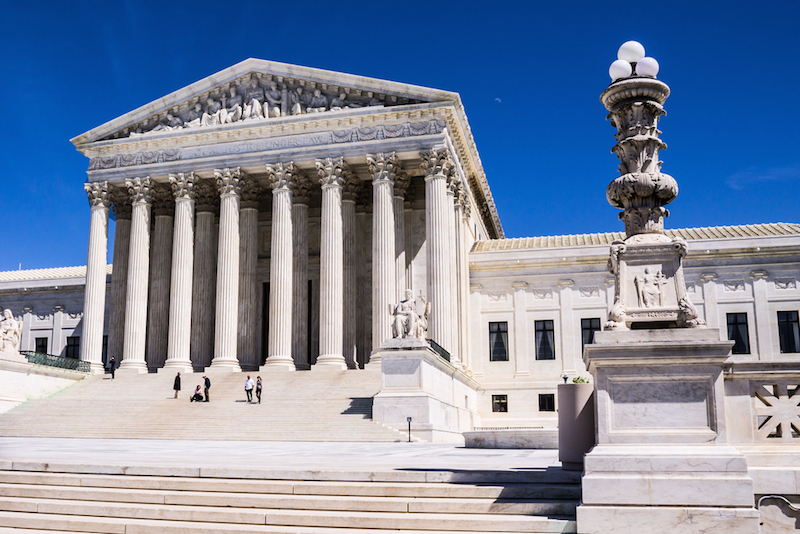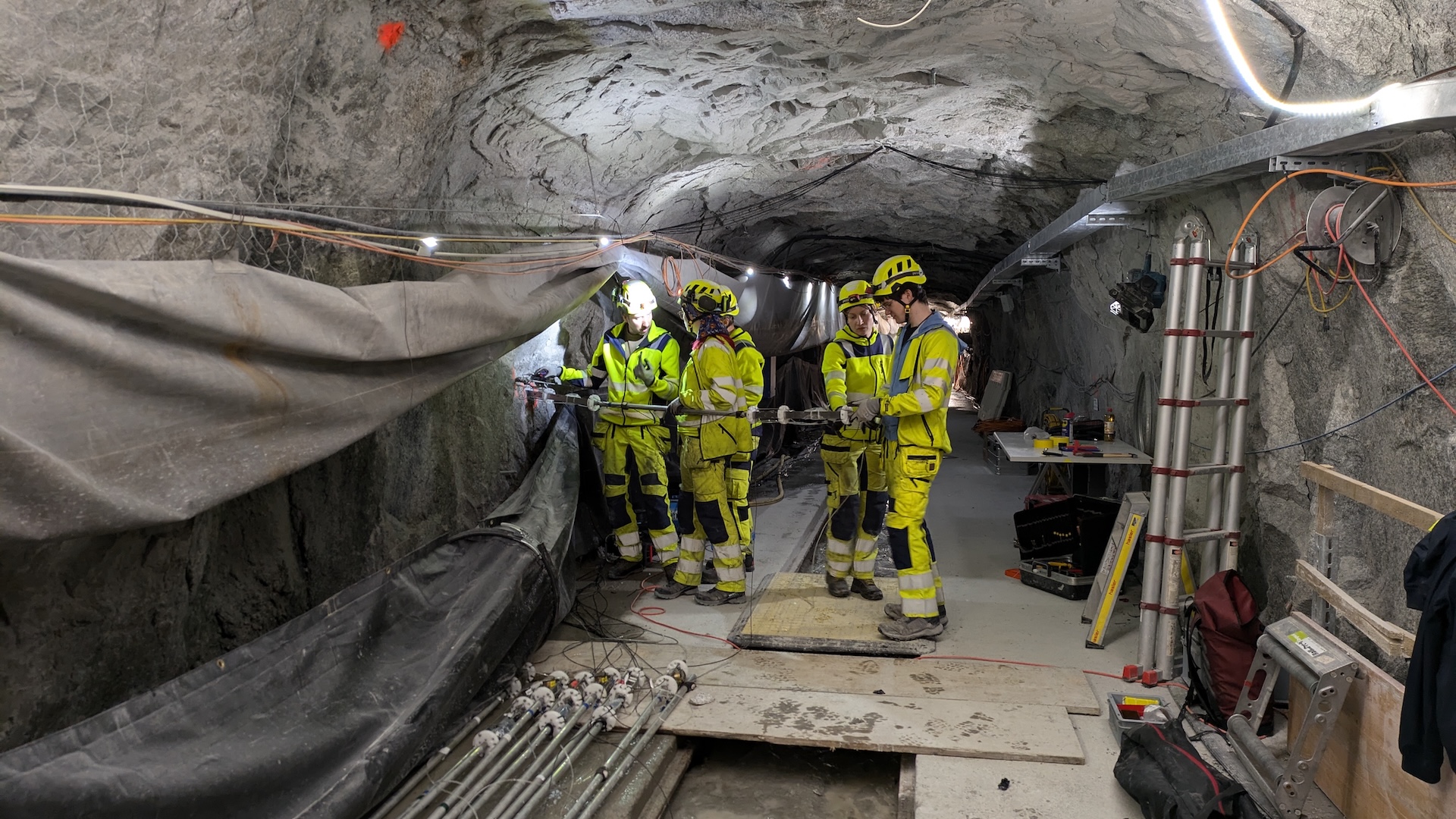Why Are There 9 Supreme Court Justices?

Supreme Court justice Anthony Kenneday said he's retiring at the end of July, meaning the court will hold just eight justices until a new nominee gets confirmed by the U.S. Senate.
Eight justices also manned the court between February 2016 when Justice Antonin Scalia died and Neil Gorsuch was confirmed on April 7, 2017.
However, it turns out, the original U.S. Constitution did not set the number of justices on the Supreme Court. Therefore, it was up to Congress to decide, and in 1801, it set the number at five. But things didn't stay that way for long.
"The number of Supreme Court justices has changed over the years," Kathy Arberg, spokesperson for the U.S. Supreme Court, told Live Science. "The number of justices has been as high as 10." [8 Supreme Court Decisions that Changed US Families]
Congress increased the number to seven in 1807, to nine in 1837, then to 10 in 1863.
Then, in order to prevent President Andrew Johnson, who was soon to be impeached, from naming any new Supreme Court justices, Congress passed the Judicial Circuits Act of 1866. This Act reduced the number from 10 to seven. The decrease was to take effect as the seats became vacant.
However, only two seats were freed up by 1869, so there were eight justices. Congress added one seat back in and decided that there should be nine justices. The Judiciary Act of 1869 officially set the number, and it has not budged since.
Get the world’s most fascinating discoveries delivered straight to your inbox.
The current justices on the court are:
- John G. Roberts, Jr., Chief Justice of the United States, since Sept. 29, 2005
- Anthony M. Kennedy, Associate Justice, since Feb. 18, 1988
- Clarence Thomas, Associate Justice, since Oct. 23, 1991
- Ruth Bader Ginsburg, Associate Justice, since Aug. 10, 1993
- Stephen G. Breyer, Associate Justice, since Aug. 3, 1994.
- Samuel A. Alito, Jr., Associate Justice, since Jan. 31, 2006
- Sonia Sotomayor, Associate Justice, since Aug. 8, 2009
- Elena Kagan, Associate Justice, since Aug. 7, 2010
- Neil M. Gorsuch, Associate Justice, since April 10, 2017
"There are no official qualifications to become a justice, although most justices have a background in the law," Arberg said. "When there is a vacancy on the Supreme Court, the president nominates someone who then has to be approved by a majority vote in the Senate."
Original article on Live Science.

